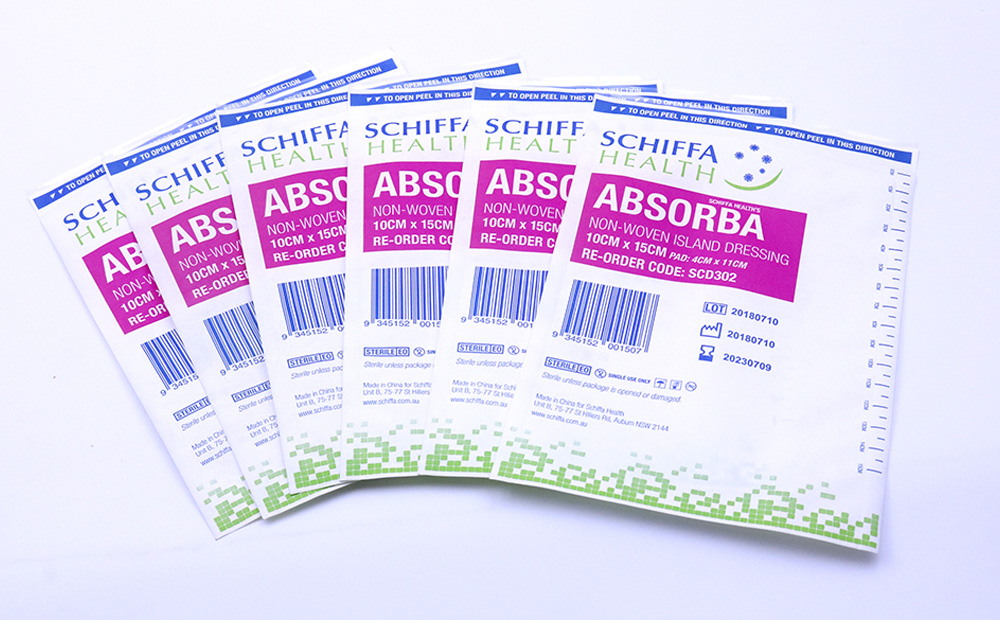 RU
RU
 EN
EN
 CN
CN

Position: HOME > Ink Knowledge > Ink Pedia
Date: Apr 24 2024 From: Star Color Views:
Food-grade ink, as the name suggests, is a type of ink specifically designed for printing on food packaging. It differs from ordinary ink in that its production process strictly adheres to food safety requirements to ensure that the ink's components do not contaminate food, thereby safeguarding consumers' health.
The features and advantages of food-grade ink are primarily reflected in the following aspects:
Firstly, food-grade ink exhibits high environmental friendliness. It adopts water-soluble technology, has a high water content, and does not contain organic solvents, thus posing no environmental pollution during use. This aligns with the increasing societal attention to environmental protection and is an important manifestation of companies' pursuit of green production.
Secondly, food-grade ink is non-toxic and harmless. It does not contain heavy metals and is safe for human use. This is crucial in the food packaging industry, as any factors that may pose a threat to human health must be strictly eliminated.
Thirdly, food-grade ink is easy to clean and dry. It boasts pure colors and ease of cleaning, reducing the difficulty of cleaning during production and enhancing production efficiency. Additionally, its fast drying speed effectively shortens the production cycle and improves efficiency.
Lastly, food-grade ink offers high printing quality. It can adapt to various printing materials and is suitable for high-speed printing machines. Its high printing precision meets the aesthetic and precision requirements of food packaging.
So, what are the chemical components of food-grade ink?
Food-grade ink primarily consists of resins, pigments, additives, and other chemical substances. Among them, resins are the main component of ink, determining its adhesion and drying properties. In food-grade ink, resins typically comply with food safety standards, such as polypropylene and polyvinyl chloride. Pigments are substances that give ink its color, and those used in food-grade ink are mainly non-toxic and harmless. Commonly used pigments include titanium dioxide, carbon black, and various natural and synthetic organic pigments. Furthermore, to improve ink's viscosity, fluidity, drying speed, and other properties, food-grade ink also incorporates suitable additives such as leveling agents, antioxidants, and UV absorbers.
The selection and use of these chemical components strictly adhere to food safety standards, ensuring that the ink does not contaminate food during use and safeguarding consumers' health.
Overall, food-grade ink, with its characteristics and advantages of being environmentally friendly, non-toxic, easy to clean and dry, and offering high printing quality, has found widespread application in the food packaging industry. The selection and use of its chemical components strictly adhere to food safety standards, providing robust safety for food packaging. In the future, with technological advancements and increasing consumer demands for food safety, food-grade ink is expected to have even broader development prospects.